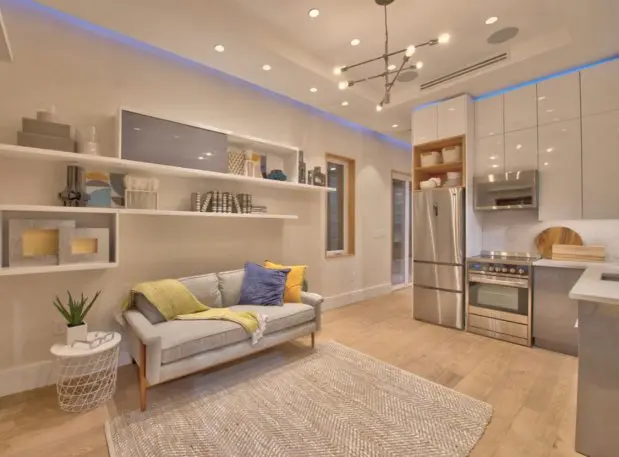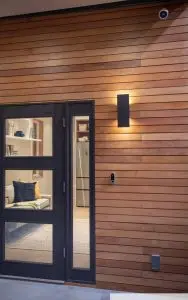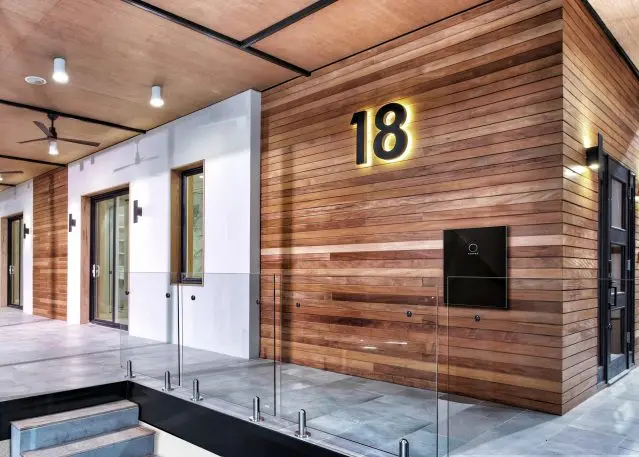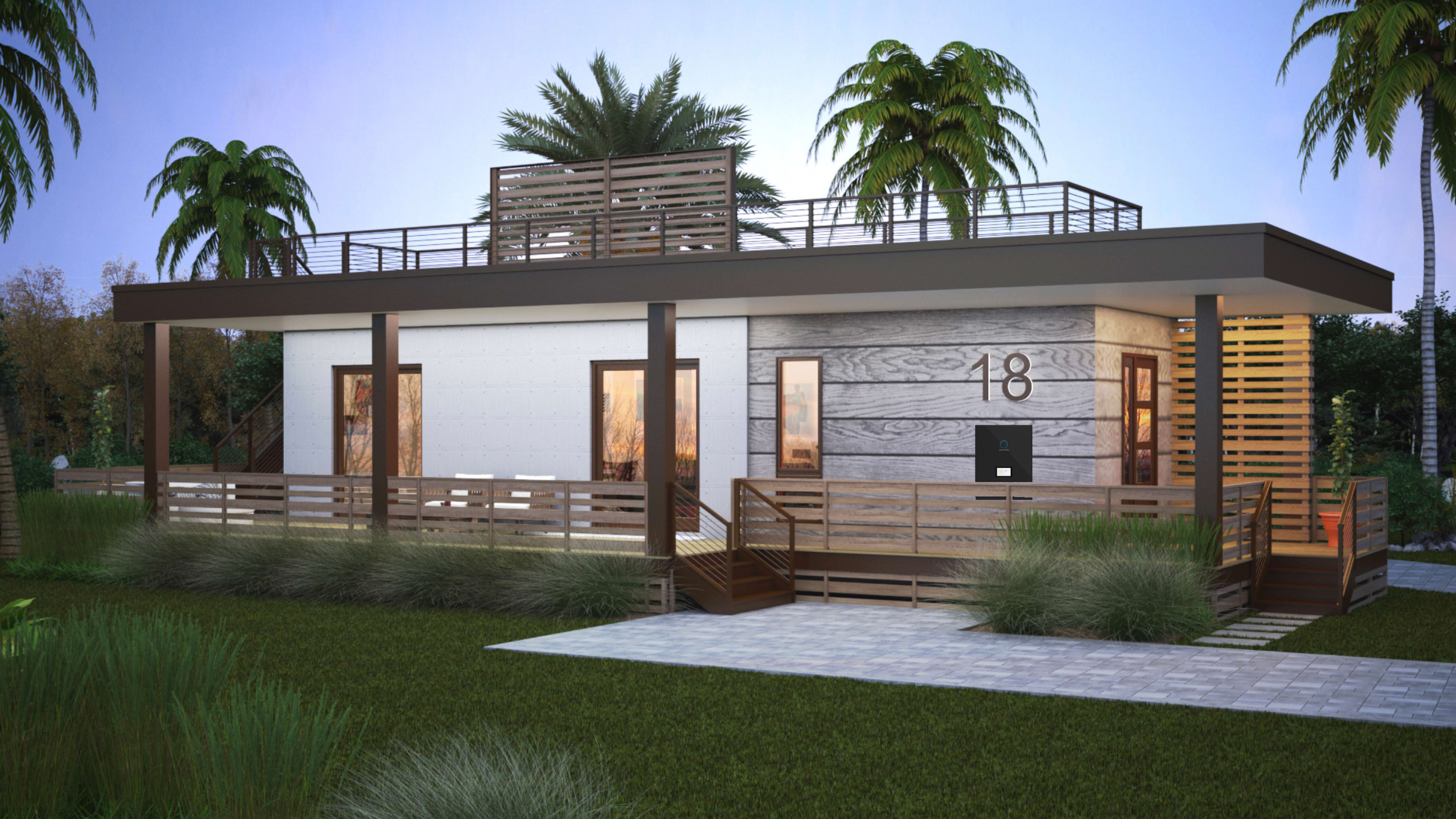In a fishing village south of Tampa called Cortez, a new community of small homes will run on solar power to reach a “net zero” energy footprint–using Google Home to help optimize how the power is used.
“It’s going to be a grid-interactive, grid-optimized virtual power plant,” says Blake Richetta, senior vice president and head of U.S. operations at Sonnen, which is making batteries that will store solar power for the 148 new homes in the new development, called Hunters Point. The company designed its software to work with Google Home devices and interact with its system, which sends extra power into batteries or into the grid at ideal times.

During the day, for example, when homeowners are at work, Google’s Nest thermostat can start “pre-cooling” houses early. That means that solar power from the roof can be used directly. In the evening–the peak time for the electric grid–the system can gradually raise the temperature. The house will stay comfortable since it’s already cool. But the demand on the grid will be lower at a critical time when operators otherwise might have needed to rely on more fossil fuels. Other Google devices could work with the system to find other ways to shift demand, such as running appliances when demand is low (the homes will come equipped with Wi-Fi-connected appliances from GE). Sonnen’s system could also charge electric cars when energy demand is low, or store extra power from the grid when energy is being overproduced and is cheapest.

The system solves one of the challenges of solar power. “Pumping solar into the grid is a problem for grid operation,” says Richetta. “It makes for difficult frequency issues, it’s expensive, it’s stressful for the grid, and ultimately it does not decarbonize in the way that people who love the idea of solar think it does.”
As solar grows on the grid, it tends to create an oversupply in the middle of the day when the sun is shining and demand for electricity is low. The supply of solar makes demand drop even more. When the sun sets and demand peaks, power plants have to quickly ramp up production. By storing solar power and controlling energy demand, the system of battery storage and software can make better use of solar power.
The small houses, designed with help from the Florida Solar Energy Center, a research institute at the University of Central Florida, will be LEED-certified and ultra-efficient. They’ll also be essentially hurricane-proof: Carbon fiber in the building materials helps the houses meet the standard for a Category 5 storm (by law, the builders only had to meet a Category 3 standard). And if a storm takes out the electric grid, the solar panels and batteries can keep the power on in the neighborhood after the storm passes. “As long as the sun is shining–and the good news is you’re in Florida, so there’s usually going to be lots of sun–we should be fine for perpetual backup,” says Richetta.

After construction of the neighborhood begins in late 2019, the developer, Pearl Homes, will begin a second development of 720 rental homes nearby, using the same combination of efficient design, solar panels, battery storage, and Google Home. It will be the first net-zero rental community of its size, and will make net-zero homes and apartments accessible to those who might not have been able to afford them in the past. Two-bedroom units will rent for $1,200 to $1,400.
“Our mission is everybody should be able to afford a sustainable home,” says Marshall Gobuty, president of Pearl Homes. “These sustainable homes that are solar-powered with our Sonnen system should not just be for the rich.”
Recognize your brand’s excellence by applying to this year’s Brands That Matter Awards before the early-rate deadline, May 3.
